Pineapple wine is an easy-to-make-at-home fruity wine that gets served for Christmas, Easter, or other family gatherings along with all the other wines, cocktails, and drinks. Here’s how we do it here in Bombay aka Mumbai.
Ingredients for the Homemade Pineapple Fruit Wine
But first, the list of ingredients we use.
800 grams pineapple
2 litres water
750 grams sugar
10 grams yeast – we use active dry yeast
1 tablespoon sugar
50 ml warm water
2 pods vanilla – Optional
1 egg for clarification or 1 sheet veg gelatin or 5 drops milk – Optional
*reduce the amount of yeast and sugar you use as you increase the amount of wine
EQUIPMENT YOU MIGHT NEED TO USE
- Barni (Traditional Ceramic Jar)
- Demijohn
- Fermentation bucket
- Wooden Spoon
- Sieve
- Muslin Cloth
- Stainless steel pot
Steps to make Wine from Pineapple Fruit
Please make sure it is legal to make homemade wine in your city or country before you try out this recipe to make wine from pineapples.
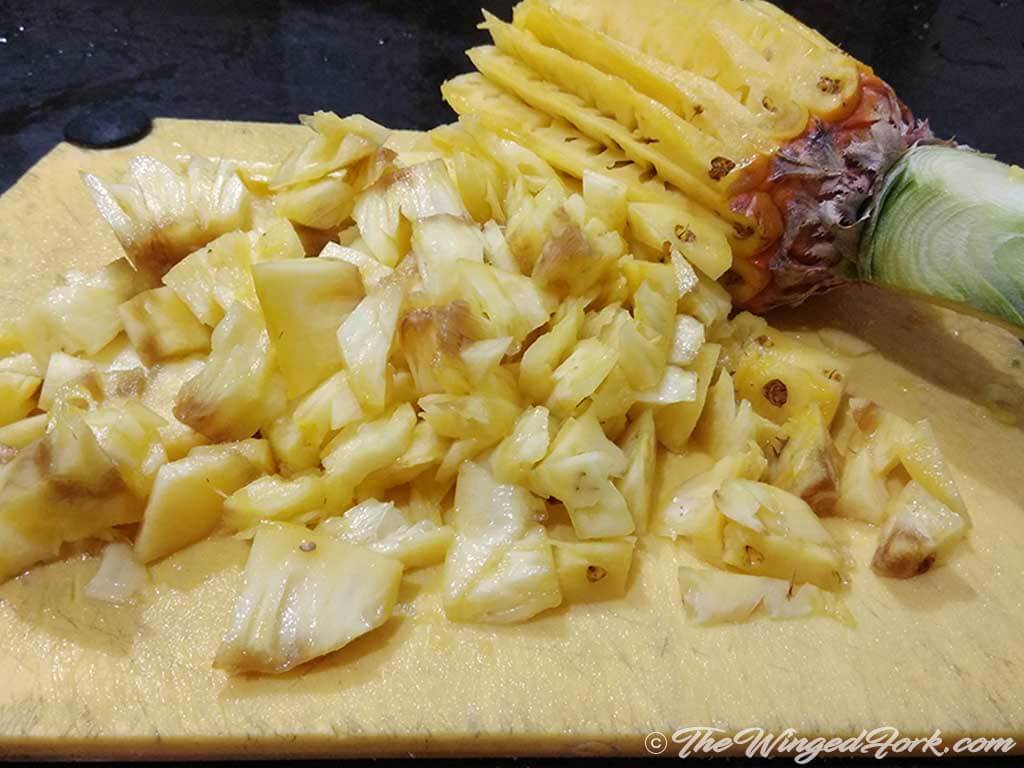
Start by cleaning the pineapple and chopping it into small pieces. Get rid of any overripe pieces as these will make the wine bitter. Some people also use the skin of the pineapple to make wine, and you can too if you want to.
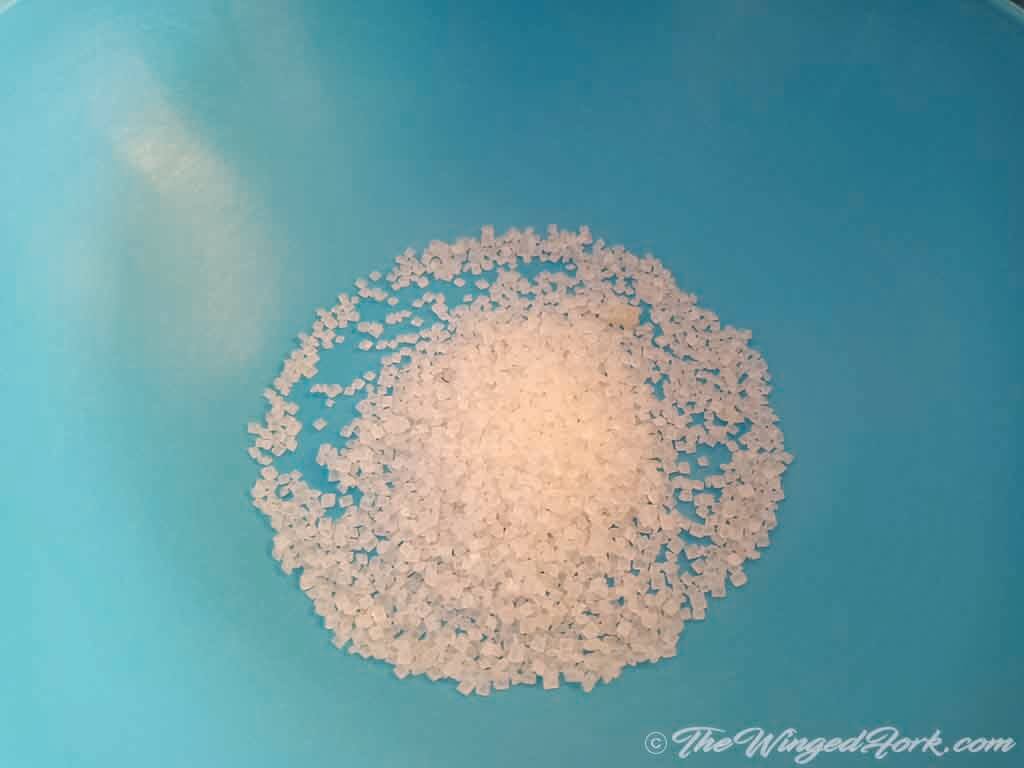
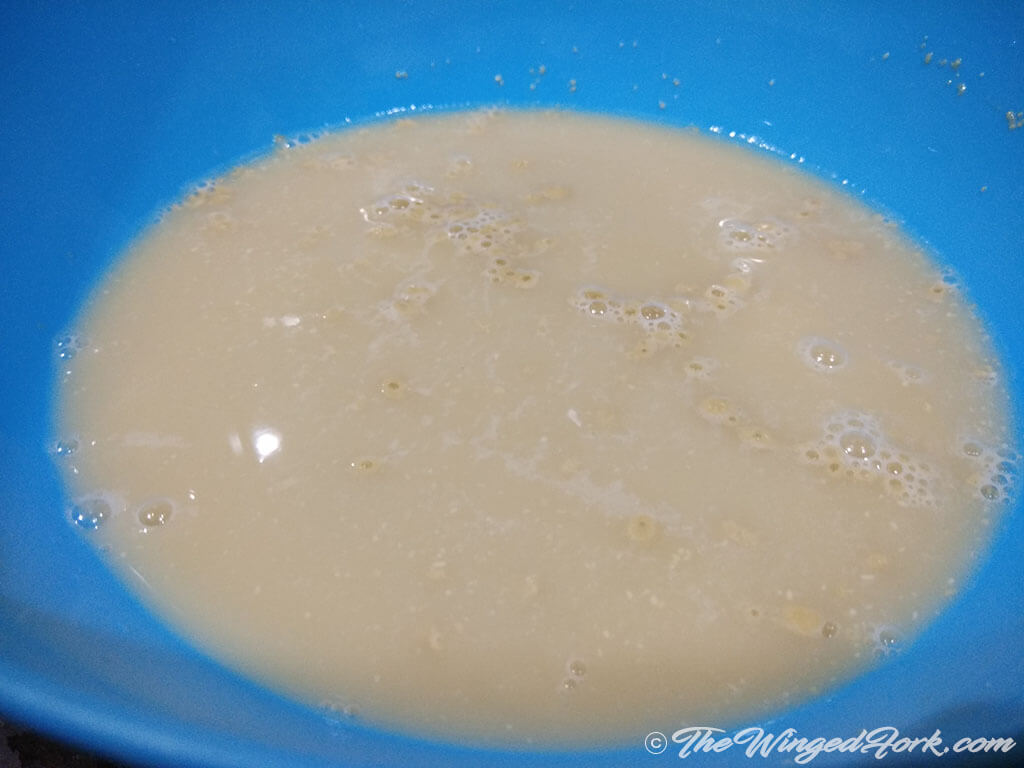
Proof the yeast by adding it to a bowl with sugar and 50 ml warm water and leaving it aside for 10 minutes. At the end of 10 minutes, the yeast starts to bubble, which means it’s active.
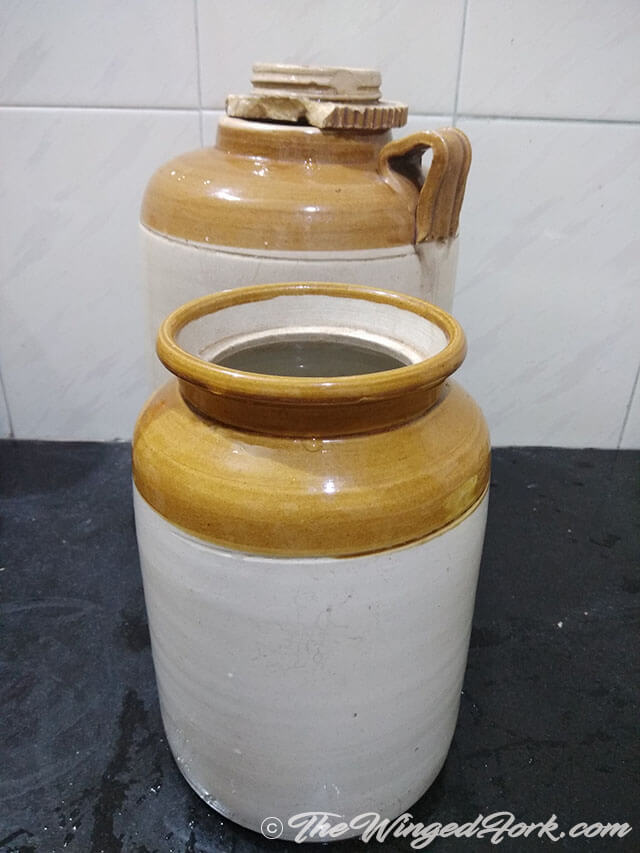

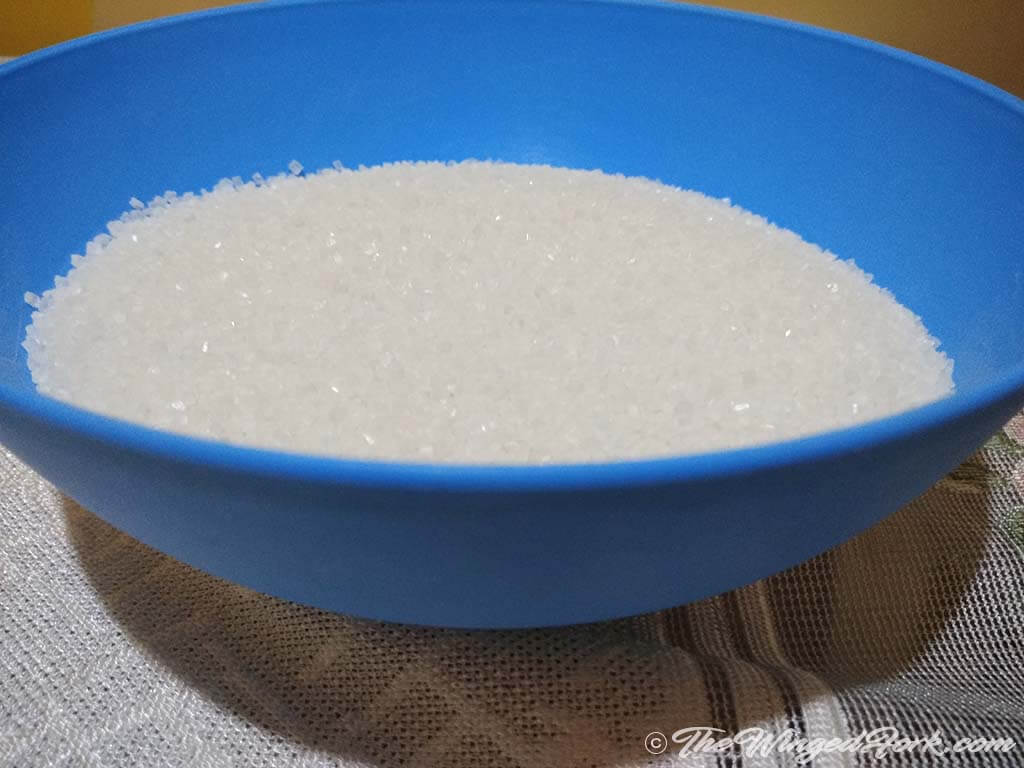
In a large ceramic jar (we call them barnis) add your 2 litres of water and the 750 grams of sugar. Next, add in your proofed yeast and stir. Then add in the chopped pineapple and vanilla pods and stir with a wooden spoon.
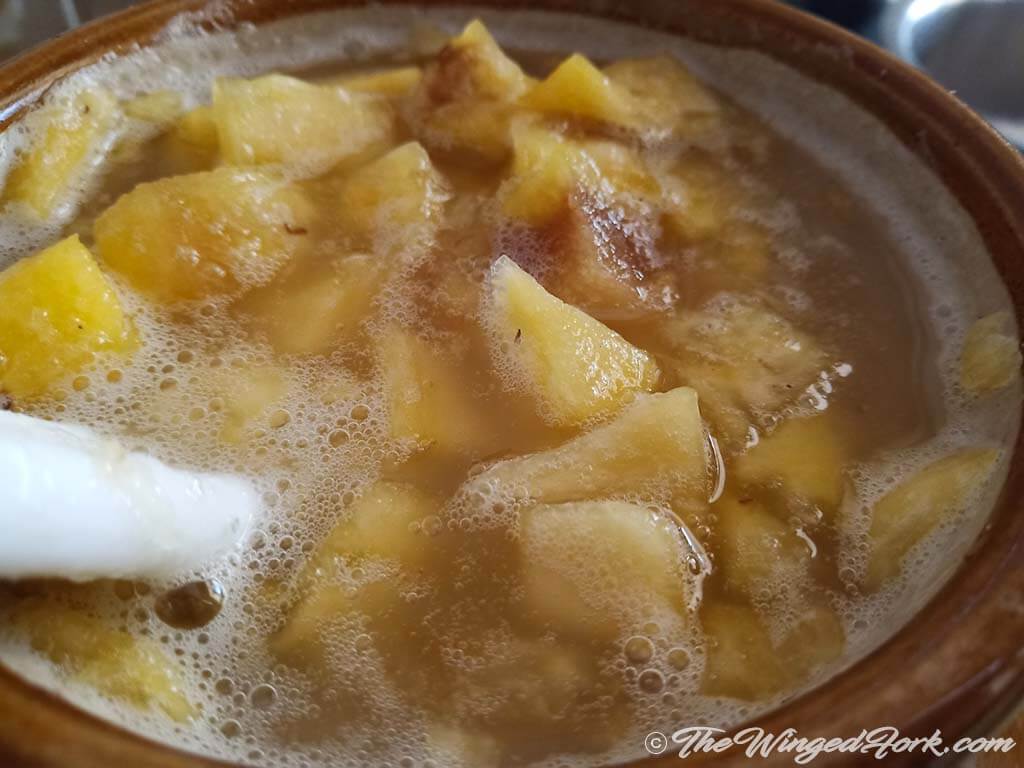
On the first day, you might need to stir the wine 3 or 4 times to release the gasses as the levels rise.
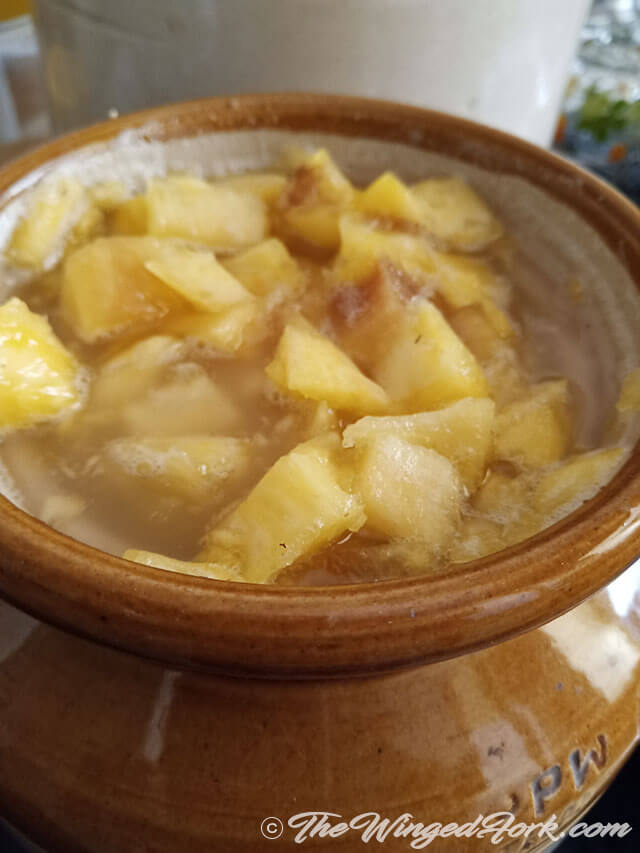
After that, stir the must (wine mixture) daily to release the carbon dioxide. Oh, and try to be smarter than we are and use larger barnis. This picture is of the time when the wine almost overflowed because the carbon dioxide inside made the pineapples rise to the top and all the gas was pushing upwards.
Also, these barnis come with ceramic lids which are good to use. They will keep the oxygen out and help release the carbon dioxide slowly. If you’re not using barnis, tie a cloth around the top of your glass jar or cover it with a balloon.
And if you’re wondering whether you have to stir the wine, you don’t have to. But it’s recommended. Stirring the wine gets rid of the excess carbon dioxide that might be suffocating the yeast. It also gives them access to a bit of needed fresh oxygen, get rid of sulphites, and keep your sugars moving. You don’t need to know this, it’s just here if you’re interested. So carrying on…

We sometimes keep a small jug for testing outside, so that we can see how the wine is doing. It’s not a necessary step. Just depends on whether you want to see how the wine is progressing or not.
After 7 days of stirring, strain the wine into a large glass jar or steel vessel. This is Day 7 or Day 8.
Taste the wine to confirm that it’s fine. If it’s sweet and fruity, you’re good to go. If by chance, your pineapple has lent the wine some of its bitterness, you can back-sweeten the wine by adding in 200 grams or 250 grams of sugar. There’s no need to worry about it being seen. The remaining yeast will gobble up the sugar over the course of the next few days, and your wine can soon be on its way to your glass.
Note: *In case you’ve already bottled the wine before realizing it needs to be back-sweetened, use a funnel to add the sugar in spoon by spoon. This will reduce some of the bitterness, not all of it.
Now the important notes before bottling the wine on Day 14 or Day 15. When the wine is just formed, it’s quite cloudy. So take a glass or decanter and fill it with the pineapple wine, then add just a teaspoon of the white of an egg to it and stir well. Add this wine back to your glass jar or steel vessel and stir the wine. Next step is bottling it and waiting another 7 days to drink it! (The egg white will help the dregs settle and clarify the wine till it becomes clear like below by Day 21.)
If you’re worried about the wine becoming acidic, use half a teaspoon of baking soda instead of the egg white. This will both clarify the wine and reduce acidity.

If you’re a vegetarian and can’t use eggs, use a sheet of veg gelatin instead or 4 to 5 drops of milk or a pinch of baking soda to clarify the wine on Day 14 or 15. Don’t add too much, mind you! Then bottle in glass bottles and store.
(*Note: “Veg Gelatin” as it’s called in my country is made from carrageenan powder.)
And that’s it! Wait another week, and your wine is ready to drink. If you can’t wait for the wine to clarify, you can actually drink the wine now itself. It just depends on how much patience you have. Wink wink!

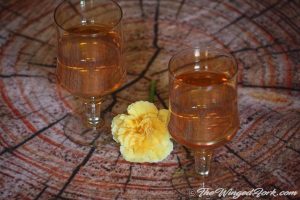
Homemade Pineapple Wine
Click the stars to add your rating! Left you don’t like it, right you love it!
Ingredients
- 800 g Pineapple
- 2 Litres Water
- 750 g Sugar
- 10 g Active Dry Yeast Or Wine Yeast
To Proof The Yeast
- 1 Tablespoon Sugar
- 50 ml Water Warm
Optional Ingredients
- 2 Vanilla Pods Optional
- 2 Dried Red Chillies Dried – Optional instead of vanilla pods.
- 1 teaspoon Egg Whites Optional (See notes for veg substitutes)
- 250 g Sugar If you need to back-sweeten the wine on Day 7 or 8
Instructions
To Proof The Yeast
- Add 1 tablespoon sugar and the 50 ml water to a small vessel or pot.
- Add in the yeast and stir briskly.
- Leave alone for 10 minutes till the yeast starts to bubble. (While the yeast is proofing, you can chop the pineapple.)
Prepare the Wine Must
- Pour 2 litres of water into your ceramic or glass jar along with the sugar.
- Chop your pineapple into small pieces and add to this jar.
- Add in the proofed yeast mixture.
- Add in two vanilla pods that you have slit open. (Optional)
- Stir the wine with a wooden spoon, cover and leave aside.
- On the first day, you may need to stir 3 or 4 times to release the excess carbon dioxide formed.
- On the next 7 days, stir once a day. (We usually do it every morning at the same time.)
- After 7 days, strain the wine into a large steel or glass jar. (Day 7 or 8)
- Taste a bit of the wine. If it's sweet, then perfect. If the pineapple has somehow turned the wine a tad bitter, back sweeten it by adding in another 200 or 250 grams of sugar. There's no need to stir too much, as the last of the yeast will eat the sugar over the course of the coming week.
Clarify The Pineapple Wine
- Take some of the pineapple wine in a small glass or decanter. (Day 14 or 15)
- Add in a teaspoon of egg white and stir well. If you're vegetarian, add in a sheet of gelatin or 5 drops of milk instead. *See notes.
- If you're worried about the wine being acidic, use half a teaspoon of baking soda instead of the egg white. This will both clarify the wine and reduce acidity.
- Add this mixture back to the pineapple wine and stir.
- Bottle the wine and leave aside for 7 days before drinking. This will take you through to Day 21. But if you don't want to wait, you can drink the wine on Day 14 itself.
- Chill and serve!
Please click to rate the recipe! Left you don’t like it, right you love it!
Notes
- If you’re a vegetarian and can’t use eggs, add a sheet of veg gelatin to the wine mixture or 4 to 5 drops of milk to clarify the wine.
- The so-called Plant based gelatin or Veg gelatin in my country is made from carrageenan powder.
- If you’re worried about the wine being acidic, use a half teaspoon of baking soda instead of the egg white.
- If you can’t find vanilla pods, use dried red chillies.
- If you’re using stronger yeast, reduce the quantity used.
Stuff You Might Want to Use
Nutrition (Per Serving)
Disclaimer: Nutrition Information per serving is estimated by a third party software based on the ingredients used, and is for informational purposes only. It will vary from product to product, based on methods of preparation, origin and freshness of ingredients. Please consult the package labels of the ingredients you use, or chat with your dietician for specific details.
This printable recipe card is for home use only. For more recipes head over to AbbysPlate.comIf you want our traditional East Indian recipes on hand, the Abby's Plate Cookbook Series books are available online or in-store in most countries.
Latest Book:
East Indian Celebration
Festive Recipes from Abby's Plate
See the full list of books here!
Other Recipes You Might Like
- Make wine with ginger root
- East Indian warm winter drink
- Chocolate aitolas
- Latin American Enchiladas
- Chicken with beaten rice
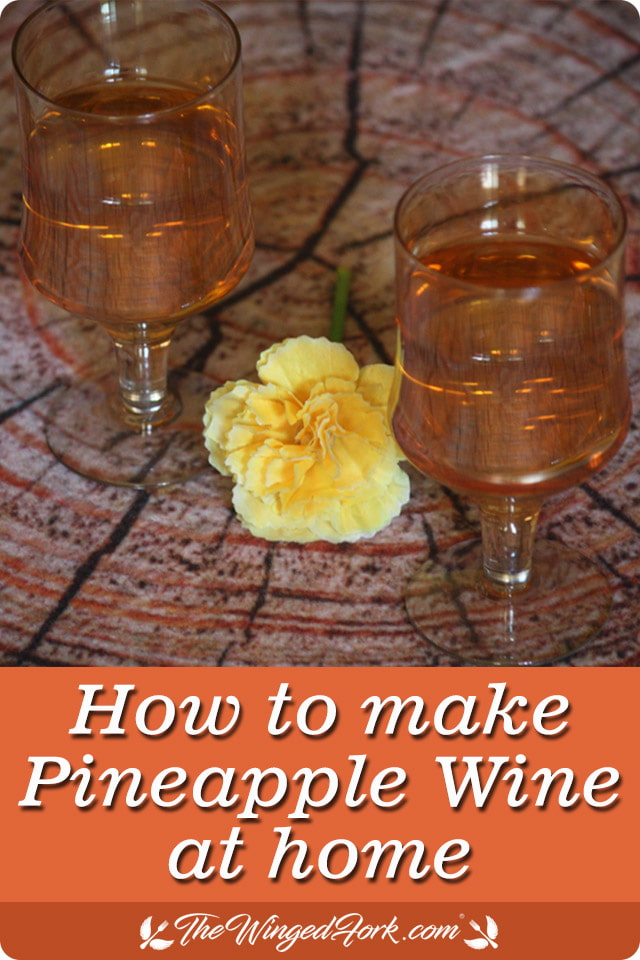

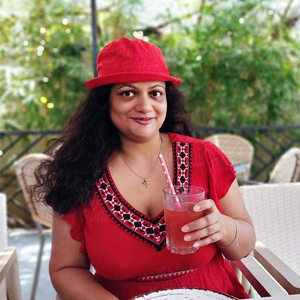
I’m an East Indian foodie and travel blogger from Bombay, India. I love food, wine, and sharing my culture’s ethnic East Indian and traditional Indian recipes. You’ll find more info about me here!
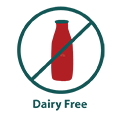
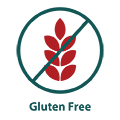

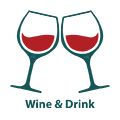



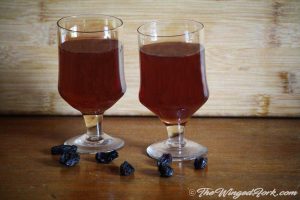


I am currently on day 7 of pineapple wine following your recipe and using red chillies instead of vanilla. I love how it tastes so far! Thanks for a great recipe! If I were to make pineapple-ginger wine, would I just need to reduce pineapple by a certain amount and substitute that amount with crushed ginger, or would I need to make any additional changes to your pineapple wine recipe? Any suggestions would be much appreciated! Thanks a lot!
Hi Rusha,
I haven’t made this mix before, but it’s approx 400 g of pineapple per litre of water, and 200 grams of ginger per litre. So say you’re making 4 litres, it would be 800 gms pineapple and 400 gms ginger. Increase or decrease amounts accordingly. Hope that helps.
Abby
Hello!! I checked the wine after 3 days it smells like vinegar. Is it supposed to be like that?
Hi Riz, in the middle of the first week, say day 3, 4, 5 it smells a bit like vinegar, but then changes to smelling sweeter as time progresses. If it changes, then it’s fine, if it continues to smell like that, then it’s a problem.
My pineapple wine has turned bitter. I have already sieved it. Is there any way to rectify the same. Thanks
Hi Glenda,
You can’t rectify it completely, but you can back-sweeten the wine a bit. Add about 200 to 250 grams of sugar to the entire batch and leave it alone for a week or two before tasting again. If you’ve already bottled the wine, use a funnel to add the sugar in spoon by spoon. This will reduce some of the bitterness, not all of it.
If you leave it alone for 6 months to a year, the bitterness will reduce even more.
Hope this helps,
Abby
Hay Abby thanks for the infomation i made it but it was n’t clear was it because i added tea bag
I don’t understand. Why did you add a tea bag to the pineapple wine? We don’t have tea in the recipe ingredients.
Thankyou for simplifying the wine making process. I followed your recipe but I think I added too much sugar. My wine tastes too sweet. Love the flavor otherwise. Is there some way I could reduce the sweetness ?? I am on day 15.
Thanks!
Hi Deepa,
It’s not really possible to reduce the sweetness at this stage. If you have the time, you could make another batch that’s less sweet, and once it’s ready mix the two batches together. That’s what’s usually done. 🙂
Alternatively, you could mix the wine with soda or sparkling water and serve!
Thankyou for the suggestions! I will Definitely try them out. My second batch is already on its way
very simple and easy to make pineapple wine recipe.
Hi, thank you so much for the recipe.
I’m on day 7, but the wine is quite tasteless. It smells okay but tastes very flat. I added approximately 250grams of sugar but I don’t know if I am on the right track. Is there a way to fix my wine and save it?
Hi Agnes,
If it’s flat, it could have been a problem with yeast or it could have been too much oxygen getting in the must. It’s difficult to tell without tasting it.
Did the wine fizz normally the first week? Or did it fizz for the few minutes after you added the extra sugar? If it didn’t you know it’s a yeast problem. You could restart fermentation by adding more yeast and restart the counter from day 1.
If it’s something else, then it’s best just to start a new batch and use this wine for cooking. Hope that helps!
Hi Abby, I have used a locally made African pot for brewing. I have used a stainless steel dish for covering it. Hope it this will not affect the brewing process.
It should be fine!
I don’t have those special pots nor do I have a breather. How can I make wine without these?
Hi Bernard, you don’t always need special pots to make wine. You can use any large stainless steel pots or glass jars with a good loose-fitting cover. Alternatively, food grade plastic should work too!
Hi. On day 7 the wine goes into a stainless steel pot or glass vessel. Does it stay in that for 7 days until the egg white is added? Thanks.
Hi Victoria,
Already replied to your message on FB, but replying here for anyone else who has the same question. On the seventh day, we use the steel pot just to strain out the dregs and then add it back to the bottles (Because we’re using the traditional method). If you’re using a siphon, this step can be skipped (or done just for the last bit).
Abby
The process of pineapple wine making is painstakingly explained.
Thank you very much.
My earlier experiment with pineapple wine making had failed but, I’m sure that I will now be able to prepare pineapple wine on my own.
I have 5 kg of pineapple should I just double the 3x quantities
Hi Chris,
We use Indian old-fashioned ceramic jars(like in our pictures), so we never make more than 2 or 3 kgs in a batch. But yes, multiplying by 3 should work. You’ll probably want to reduce the quantity of yeast a bit to 20 or 25 grams because they’ll multiply on their own. You could also reduce the quantity of sugar used. You can always check in the first few days and add in more if required. Play with the wine ingredients to get the right fit.
Hi Joseph,
The output is circa 3 to 3.2 litres. Thanks!
How much wine does the recipe above produce?
Hi Abby. I love this recipe and have my first batch brewing at the moment. Could you possibly tell me how long the wine will last once bottled?
Hi Greg,
We’ve stored pineapple wine longer than a year. But the problem with these homemade fruity wines that don’t use stabilizers, etc is that they won’t retain their flavor as long as commercial wines and tend to only be useful for cooking after a certain amount of time. So at best, use the wine within 6 months. Happy brewing!
Hello,
Thank you for your receipe. I just wanted to clarify one point though. Gelatine is not a vegetarian product. It is made from meat product.
There are other option for vegetarian, like agar agar but I don’t know the effet for liquide clarification
Hi Richard,
Thank you for pointing that out. Agar agar won’t work with the wine.
Traditional gelatin is made from the bones, ligaments and other cartilages of cows and pigs. But when I mentioned veg gelatin here, it was for that 40% of my readers who are based in India.
In the Indian market, there are usually plant-based products made from pectin or carrageenan powder that the brands sell using the term “Veg Gelatin”. So if I refer to pectin or carrageenan, some of my Indian readers won’t understand. But I’ve updated the post to add the info in brackets for readers from the Europe and US as well. 🙂
Abby
How can I make for commercial, I mean on a large scale coz I can smell a good business here in Uganda?…George.
I’m sorry George, but we really don’t know how to help with that.
Hello,
How much will be 20 grams yeast into teaspoon?
Hi Lal,
For the active dry yeast that we use, 20 grams is 7.5 rounded teaspoons.
Thanks for the informed recipe! do you know how much alcohol in it?
Hi Ella, since we make wine the traditional way without hydrometers, we cannot say for certain how much alcohol content it will have. But depending on the amount of sugar you add it can range anywhere from 5% to 13%
Please inform me about the water we have to use. Whether it is boiled or not?
Hi Anitha,
We do not boil the water.
As long as you are using regular tap water that’s of good quality it’s not necessary to boil the water. But, if you live in a region where water may be impure and you normally boil the water before drinking, then please boil this water also. Allow it to cool completely before using. Happy wine-making!
Abby
Thanks Abby for this lesson. I’ll try this out ASAP. However if you can be my personal coach on this because I’ll like to go commercial if it comes out good enough to sell to public.
Hi Victor,
Thank you! Our wine is homemade for friends and relatives. We’ve never tried to sell it commercially. So we won’t we able to coach for this. If you have any specific questions about the recipe, please leave another comment and I’ll revert. 🙂
Abby
Hi Cyrus, you could add about a tablespoon of vanilla extract, but remember the vanilla is an optional ingredient. So there is no need to add it at all. The wine will taste just as good if you use only water, pineapple, yeast and sugar.
Try this instead. Don’t use vanilla. Break two dried red chillies into pieces and add that instead. It’s economical and gives the wine a bit more kick!
can i use vanilla extract instead of vanilla pods? vanilla pods here is costly high so can i substitute it?
Hi dear how can I make it without any alcohol to
I’m sorry Evelyn, but we don’t know how to make wine without alcohol.
My pineapple wine is already fermented twenty days but it’s cloudy and not too sweet . Can I add the egg white and more sugar now to clear it? Thanks
Hi Yen,
If it’s not sweet enough, then yes, please add the extra sugar and leave it aside for a week. This is the step that should have been done around Day 7 or 8. It’s still okay now, but it might take a bit longer to dissolve as most of the yeast won’t be active anymore.
Pineapple wine is naturally cloudy and takes some time to settle down. Did you already add in the teaspoonful of egg white on Day 14 or Day 15? If you didn’t you can add it now, but you’ll have to leave the wine aside for 7 more days for it to clear out. Egg white works slowly.
But sometimes wine also gets cloudy if it undergoes a secondary fermentation in the jar or bottle. So if you think this is the case, I suggest you skip the egg white and add a quarter teaspoon of baking soda instead. To do this, you’ll have to move all the wine back to a large decanter or jar. This is because the baking soda makes the wine fizz for a few minutes and can overflow. After adding the baking soda, rebottle the wine. This will deactivate the yeast and also clarify the wine faster.
Hi Alexandra, that’s not possible. Splenda will not work. The sugar is what the yeast feed on to produce the alcohol. You can reduce the amount of sugar if you want a less sweet wine, but this will also reduce the alcohol percentage to about 3 or 5%. You could also substitute the sugar with about 300 grams raisins and let the yeast feed on the sugar in the pineapple and raisins. But again, this will give you circa a lower alcohol% and a slightly different flavor.
Can I substitute the sugar for Splenda?
Tell how to make this same recipe without yeast.
Hi Basanti, you could use the same recipe and fruit will ferment naturally without yeast, but it won’t be as strong. It will only be around 2% to 3% strength.
I wasn’t too sure of your recipe, so I tried with only half the ingredients. But it turned out good. I’m going to make more next week. Thanks for the detailed instructions.
Will have to try this recipe, considering the lack of booze in these lockdown days.
Pineapple is fruitier than current wine. Tasty. Will try this recipe
Why not use GLASS carbuoys or fermentation vessels with airlocks and cut out the palaver of a ‘testing jar.’ There’s no magic in using eathenware ‘pot’s.
I would also think it advisable to regularly take the Original and end-of-fermantation Specific Gravity to assess the final ABV.
There is also a traqditional MEXICAN drink known as TEPACHE made fro PINEAPPLE SKINS. It’s supposed to be low alcohol but mine has always tuned out much stronger that on-line recipes would tell, us
Hi Albert,
This site is more about making food and drink like our grannies did, so we prefer to use the earthen pots. If you check the list of equipment in the post, we’ve also listed demijohns and fermentation buckets as alternatives. But for half of my readers who live in warmer temperatures, earthen jars are better as they keep the must cool.
And yes, you can take the SG readings if you want to, but where’s the fun in that? Isn’t it better to make wine using your nose and tastebuds rather than some mechanical processes?
Abby